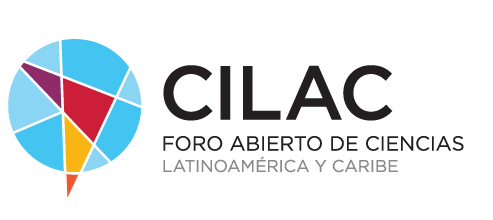The French researcher began the revolution of molecular machines four decades ago, with a scale 100,000 times smaller than the thickness of a human hair
La neurociencia estudia si un grupo de células cerebrales, que regulan la sensación de hambre, podría convertirse en el objetivo de terapias para luchar contra los trastornos alimentarios
One of the most popular theories about why we greet each other with a handshake explains that it's a way of showing that we're unarmed, as a sign of peace. But another theory suggests a supposed biological origin, to detect the chemical signals of…
It took 15 years of data collection and the creation of a virtual laboratory almost the size of our galaxy, but scientists have, for the first time, managed to hear the perpetual chorus of gravitational waves that permeates the entire universe.
A planet within a planet. That would be a good way to describe the 2,442 km diameter ball of solid metal at the center of the Earth, without which, incidentally, there would be no magnetic field and no life on the surface. But how do we…
On October 17, 1934, Santiago Ramón y Cajal, one of the most brilliant Spanish (and world) scientists in history, the father of modern neuroscience, and a Nobel Prize winner, died in Madrid. Before that day, he had written in his will that…
About 530 million years ago, life, which was still in its infancy, experienced an unprecedented revolution called the Cambrian explosion. Suddenly, and for reasons that remain a mystery, all kinds of living beings emerged…
